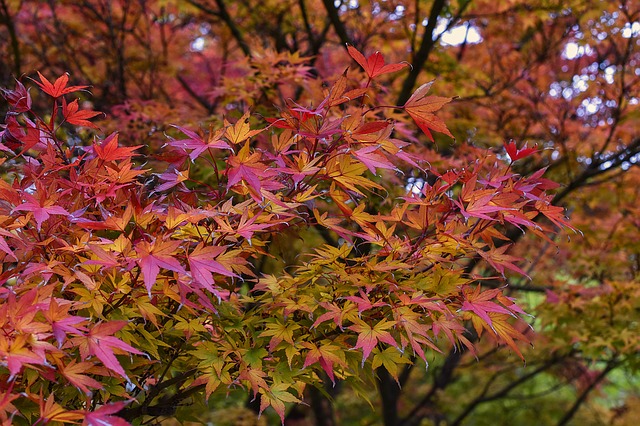
Winter Landscaping Tips in 5 Steps
The dead months of winter don’t exactly inspire thoughts of yard work and lawn care. In fact, most people forget about curb appeal during the cold, dark months of winter. But you can’t forget that, beneath the frozen surface, you have a plethora of life waiting to wake up with the sun in the spring.
Why not prepare your yard for spring before the first freeze? While you’re at it, you can also create great winter landscaping that kills the doldrums brought on during those three months (or longer, in some places) of winter. Here are five ways you can improve your winter yard, both adding appeal in the midst of winter, and being prepared and hopeful for the coming spring.
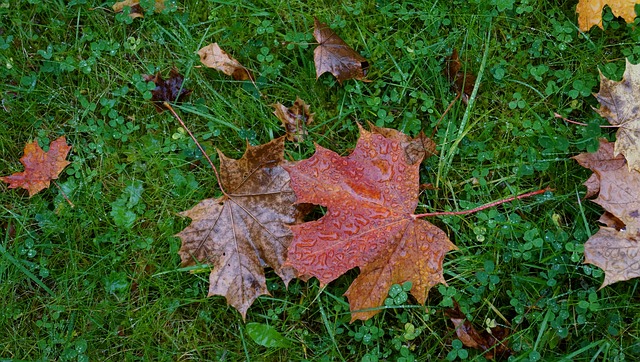
Rake, Rattle, and Roll
The leaves that fall in your yard make for great compost to feed the underlying lawn during the winter. However, you can’t just ignore the thick piles that gather on the ground. When rain or snow falls, these piles can become so compacted that they literally choke the grass beneath. You don’t want your lawn to suffocate in its sleep!
What’s the solution? Keep the leaves, but be sure to rake them often, which will helps keep them aerated for proper breathing beneath. Even better, consider the merits of a mulching lawn mower. This will break the leaves into tiny pieces that serve as a better, mulched compost. Your grass will get more nutrients, and you won’t risk murdering sections of your lawn!
Care for Annuals and Perennials
When the temperature drops, annuals typically fade away and die. These should be removed from your garden or lawn to make room for new plants in the spring. Digging up the dead annuals before the freeze means less work in the spring, as well as less eye sores during the winter.
Perennials may also appear to have let go of life. Actually, perennials let the top growth fade away in order to maintain the root base below, harvesting all the nutrients there so they can return in the spring. One way to promote the lasting of perennials through the rough winter months is to cover the root base with a sturdy mulch. Remember the leaves? Take some of these and, after the first freeze, cover your perennials. However, be careful not to cover the crown or center of the plant. This can cause rot, which negates the purpose!
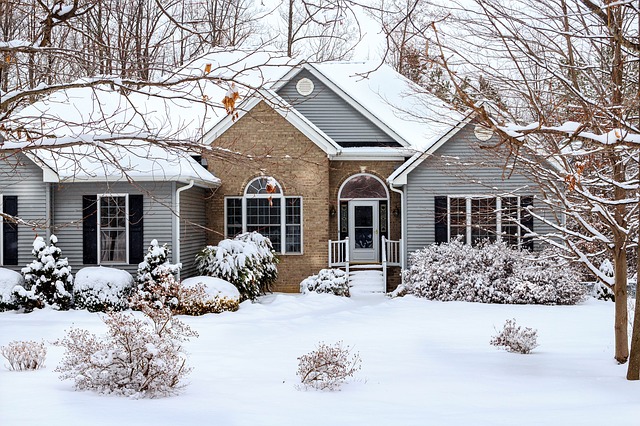
Avoid Late Planting and Pruning
If you plant too late in the season, the freezes over the winter will surely destroy all your hard work. It is best to make sure anything you plant is finished no later than midsummer. Perennials are the most susceptible to problems when planted late in the season, so specifically avoid this mistake.
Also, pruning shrubs just before the freeze can devastate the bushes you cherish. Every time you prune, you stimulate new growth in your plants. Doing so this late in the season makes the shrubs more likely to ‘catch cold’ or freeze in the frosting months. New growth is highly susceptible to cold, so make sure you’ve finished all pruning you intend to do at least a couple of months before you expect the first freeze. This will lead to a better spring.
And for any grass or edge trimming, make sure to use a great yard trimmer tool to clean up your property before the cold sets in.
Plant for Winter
You don’t have to let white and brown be the colors of the season. There are plenty of options for color when it comes to plants that thrive, even in the coldest of temperatures. Consider some of the following to add striking beauty to your winter landscape:
Ornamental kale and cabbage – plant in late fall, and cool night temperatures will harden them, allowing them to survive uninhibited throughout the winter.
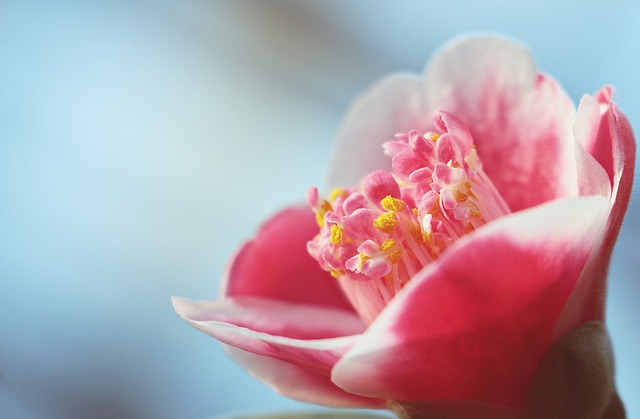
Camellias – these plants are evergreen and like soil high in organic content. Once established, they grow into shrubs or trees and are even drought resistant, making them great year-round. They add splashes of red, pink, coral, and bicolor flowers that are long lasting through the dull winter.
Japanese Maples – these trees have art to them and come into high focus in the surrounding white and brown of winter.
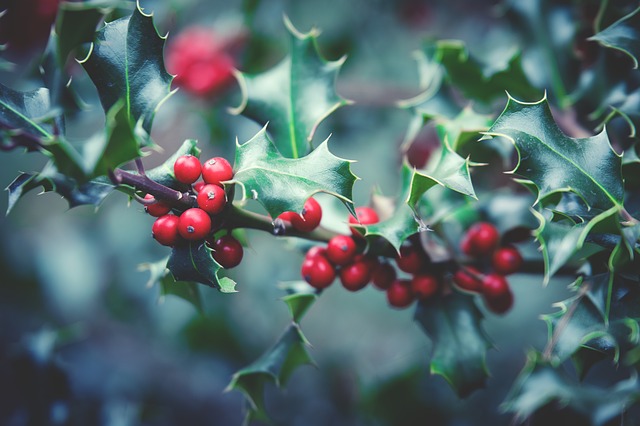
Holly Bushes – this is another evergreen that can add festive splashes of red and gold berries during the winter.
Create an Outdoor Living Space
A fire is always inviting in the winter, due to warmth and the beauty of the brilliantly colored and dancing flames. Build out a fire pit, and surround it with comfortable lawn furniture that won’t be harmed by the elements. If your winter is dry, try dressing up the furniture with bright fall-colored wools and drapes that promote the idea of warmth and welcome. This can really be a centerpiece of excitement during the cold, harsh grays of winter.
Taking a few steps to make the return of spring more successful in your yard, as well as dressing up the lawn for the winter, can really put you in a better frame of mind to last through the boring months. Take the time to make some preparations, and enjoy your yard year-round!
Contributed by Backyard Boss


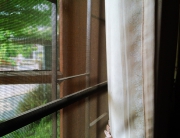

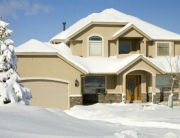


Leave A Comment